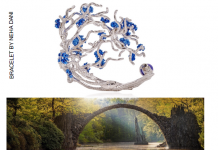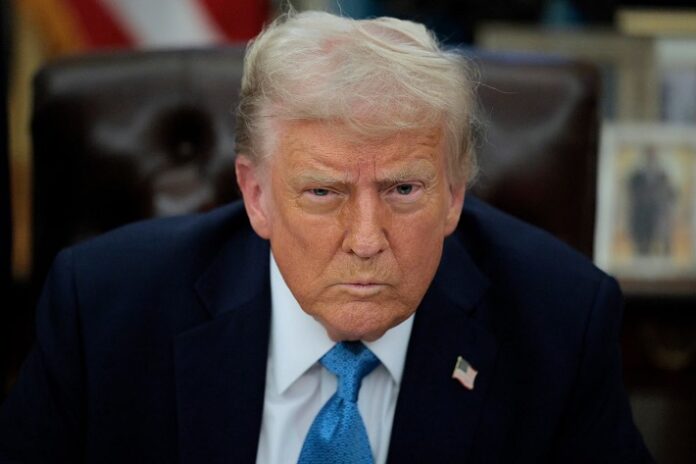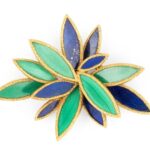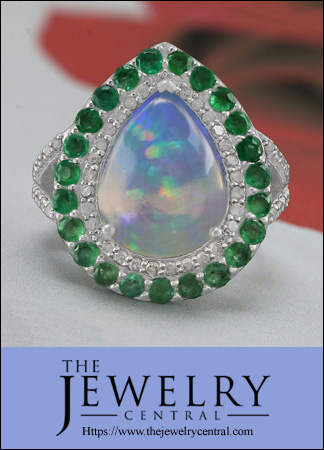India is on high alert as the U.S. prepares to potentially raise tariffs, threatening to worsen the already fragile state of the country’s diamond and jewelry industries. The Trump administration has stated its goal of addressing trade imbalances by adjusting tariffs, particularly aiming to bridge the current disparity between U.S. and Indian import duties.
Currently, India imposes an average tariff of about 12% on U.S. imports, in contrast to the U.S.’s much lower tariff rate of 2.2% on Indian goods, according to World Trade Organization data. With President Trump’s focus on restoring fairness in trade relations, there are growing concerns that the U.S. will retaliate by matching India’s tariffs, a change that could take effect as soon as April 2nd.
India’s tariff structure includes a 5% duty on imported polished diamonds and a hefty 20% tax on gold, silver, and platinum jewelry. Meanwhile, the U.S. charges no tariffs on loose diamonds from India and applies a relatively modest 5.5% to 7% duty on gold jewelry imports.
The stakes are high: last year, the U.S. accounted for more than 30% of India’s total gem and jewelry exports, which were valued at approximately $11.58 billion, according to the International Trade Commission. If U.S. tariffs rise as expected, the consequences could be devastating. Increased tariffs, compounded by global demand stagnation, falling prices, and competition from lab-grown diamonds, could lead to significant job losses and force many manufacturers to shut down.
Adil Kotwal, the president of SEEPZ Gems & Jewellery Manufacturers’ Association, expressed grave concern, saying, “A sudden tariff hike could severely impact exports, putting thousands of livelihoods at risk.” He called on the Indian government to either negotiate a fairer tariff structure with the U.S. or consider reducing India’s own import duties on U.S. jewelry to create a more balanced system.
Kirit Bhansali, chairman of the Gem and Jewellery Export Promotion Council (GJEPC), also warned that the potential tariff changes would hit India’s key exports—particularly studded gold jewelry and polished diamonds—hard. “If the U.S. implements a reciprocal tariff policy, it will have a significant impact on India’s exports, especially on cut and polished diamonds,” he said. Bhansali also pointed to ongoing discussions with U.S. counterparts, urging them to lobby the U.S. government, as both retailers and jobs in the U.S. depend heavily on Indian supplies.
With the deadline fast approaching, India faces a tense and uncertain trade climate that could reshape the future of its diamond and jewelry sectors.
Disclaimer: This information has been collected through secondary research and TJM Media Pvt Ltd. is not responsible for any errors in the same.




























